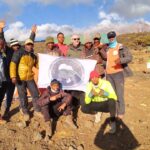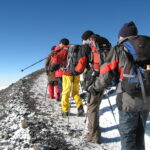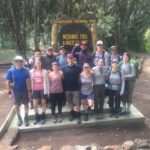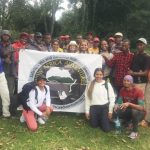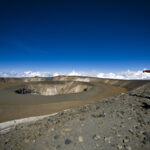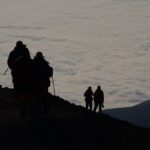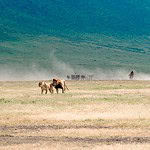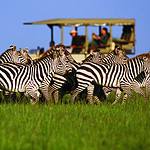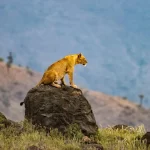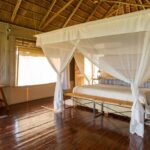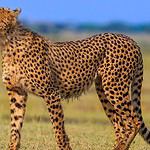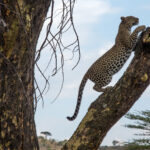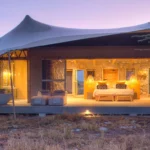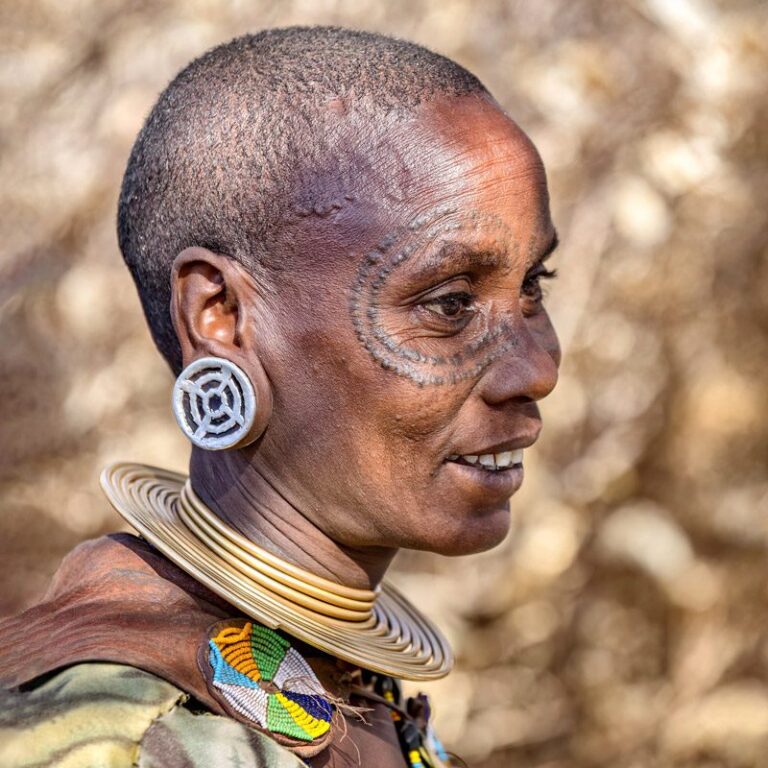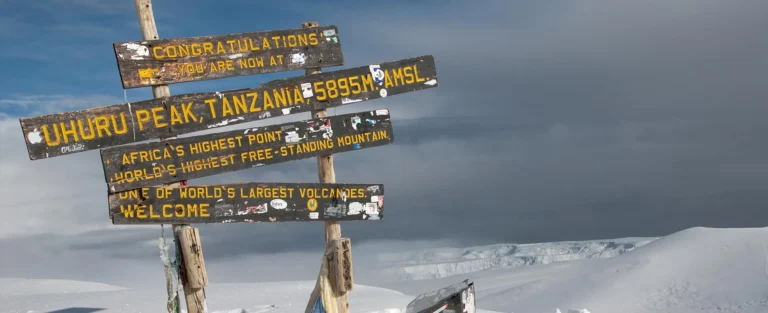Table of Contents
The Best Time to Visit Tanzania for a Safari: A Seasonal Guide
Best time to visit Tanzania for safari is a key consideration for anyone planning a trip to this breathtaking destination. Tanzania, home to iconic safari locations like the Serengeti, Ngorongoro Crater, and Kilimanjaro, offers some of the world’s most incredible wildlife experiences. However, choosing the best time to visit Tanzania for safari can enhance the adventure with varying weather patterns, wildlife migrations, and park accessibility.
This seasonal guide explores the best time to visit Tanzania for safari, breaking down the ideal periods for unique wildlife encounters and unforgettable safari experiences available throughout the year.
Overview of Tanzania’s Seasons
Tanzania has two main seasons: dry season (June to October) and wet season (November to May), each offering distinct experiences.
| Season | Months | Key Highlights |
|---|---|---|
| Dry Season | June – October | Best wildlife viewing, Great Migration crossings |
| Short Rains | November – December | Lush landscapes, fewer crowds |
| Green Season | January – March | Calving season, excellent birdwatching |
| Long Rains | March – May | Fewer tourists, discounted rates |
Dry Season (June to October): Peak Safari Season
The dry season is often considered the best time for a Tanzania safari. During these months, the vegetation is sparse, water is scarce, and animals are drawn to rivers and watering holes, making wildlife easier to spot.
- Wildlife Viewing: Animals are most visible as they gather around water sources.
- Great Migration: July to October offers the best chance to witness river crossings in the northern Serengeti as herds migrate into Kenya’s Masai Mara.
- Weather: The climate is cooler, dry, and pleasant, especially in the early mornings and evenings.
- Advantages: Fewer insects, stunning sunsets, and ideal for photography.
Best Locations:
- Serengeti National Park (for Great Migration river crossings)
- Ngorongoro Crater (Big Five viewing)
- Tarangire National Park (elephant herds in high numbers)
Short Rains (November to December): A Quick Burst of Green
The short rains in Tanzania create a refreshingly lush landscape, though they are usually brief, with short, sporadic showers. Wildlife is still abundant, and the parks are quieter, providing a more intimate safari experience.
- Wildlife Viewing: Excellent game viewing, with slightly reduced visibility due to denser greenery.
- Weather: Short bursts of rain bring vibrant scenery but don’t typically disrupt safari activities.
- Advantages: Fewer crowds, fresh landscapes, and more budget-friendly.
Best Locations:
- Ngorongoro Conservation Area (wildlife remains active)
- Lake Manyara National Park (known for birdwatching and tree-climbing lions)
- Selous Game Reserve (fewer tourists and great predator sightings)
Green Season (January to March): Calving and Birdwatching Season
During the start of the year, the green season offers a unique opportunity to witness the wildebeest calving season in the southern Serengeti, as well as some of the best birdwatching conditions. This is an especially magical time for photographers.
- Calving Season: From late January to early March, over 500,000 wildebeest calves are born in the Serengeti, attracting predators like lions, cheetahs, and hyenas.
- Birdwatching: Migratory birds are abundant, making this a prime time for bird enthusiasts.
- Weather: Warm, with occasional rains that bring lush landscapes but minimal disruption to game drives.
Best Locations:
- Southern Serengeti (Ndutu area for calving season)
- Lake Manyara National Park (migratory birds and lush forest)
- Ruaha National Park (ideal for predator sightings during calving season)
Long Rains (March to May): Off-Peak and Quieter Parks
While Tanzania’s long rainy season might be a deterrent for some, it’s also the most affordable time to visit, with lush landscapes, fewer crowds, and exceptional birdwatching. Many camps and lodges offer significant discounts during these months, appealing to budget-conscious travelers.
- Wildlife Viewing: Although some areas become more challenging to access, resident animals are still present.
- Weather: Heavy rains are common, and some lodges close due to accessibility issues, but the countryside is at its most vibrant.
- Advantages: Quiet parks, lush scenery, and excellent for birdwatchers and photographers.
Best Locations:
- Ngorongoro Crater (open year-round and offers concentrated wildlife sightings)
- Selous Game Reserve (some parts remain accessible, and sightings of hippos and crocs are high)
- Arusha National Park (known for beautiful landscapes and resident wildlife)
Safari Highlights by Month
| Month | Key Safari Experiences |
|---|---|
| January | Start of the calving season in the Serengeti, excellent birdwatching |
| February | Peak calving season and predator activity in southern Serengeti |
| March | Green season, lush landscapes, fewer tourists |
| April | Long rains, fewer tourists, best budget-friendly time |
| May | End of rainy season, scenic views |
| June | Beginning of dry season, wildebeest migration north |
| July | Peak of Great Migration in Serengeti, river crossings start |
| August | Peak safari season, river crossings in northern Serengeti |
| September | Continued migration, excellent game viewing |
| October | End of dry season, wildlife concentrated around water sources |
| November | Short rains, fresh landscapes, more affordable |
| December | Short rains, great birdwatching, festive season discounts |
Choosing the Best Time Based on Your Safari Goals
- Best Time for Wildlife Viewing: June to October is optimal for general wildlife sightings and dry conditions.
- Best Time for the Great Migration: Witness the river crossings from July to October; the calving season in January to February in the southern Serengeti.
- Best Time for Birdwatching: November to March during the migratory season, with lush environments and abundant birdlife.
- Best Time for Budget Travelers: March to May during the long rainy season offers more affordable rates, though some areas may be difficult to access.
Conclusion
Each season in Tanzania brings its own unique safari experiences, and understanding the best time to visit Tanzania for safari can make your trip truly unforgettable. From the excitement of the Great Migration to the peaceful beauty of the lush green season, the best time to visit Tanzania for safari varies depending on your interests.
If you’re aiming for prime wildlife viewing, the best time to visit Tanzania for safari is during the dry season when animals gather around water sources. For photographers, the best time to visit Tanzania for safari might be the calving season, offering incredible opportunities to capture the beauty of nature.
Travelers seeking solitude will find the best time to visit Tanzania for safari is during the quieter months of the wet season, when the parks are less crowded. Regardless of your preferences, knowing the best time to visit Tanzania for safari ensures that your adventure aligns with your goals.
Whether it’s for witnessing the Great Migration, exploring breathtaking landscapes, or enjoying an exclusive experience, this guide will help you identify the best time to visit Tanzania for safari.

